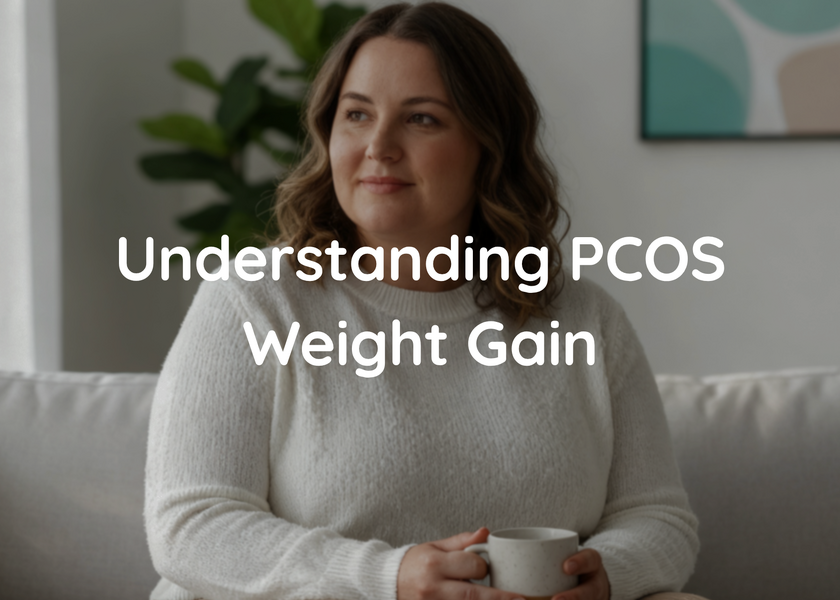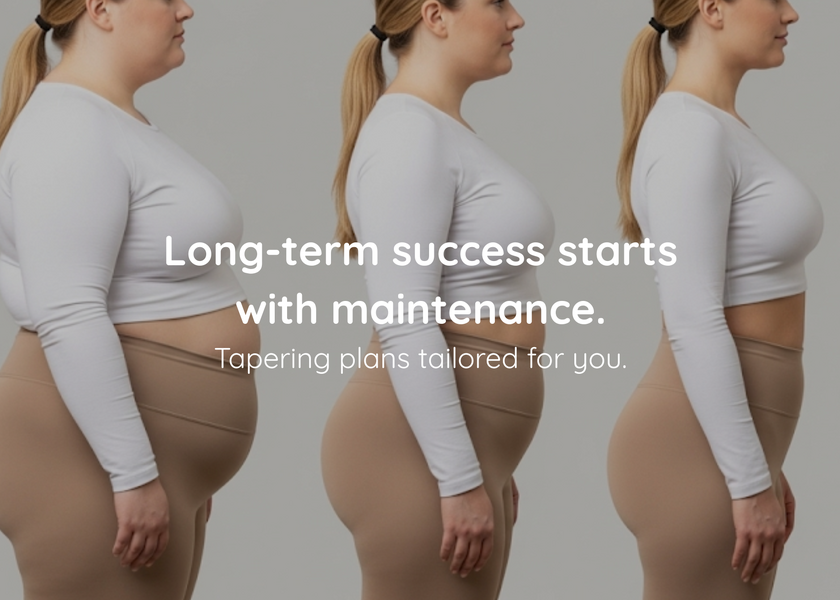
Treatment for constipation depends on the cause, how long you’ve had it and how severe your symptoms are.
In many cases, it’s possible to relieve the symptoms by making dietary and lifestyle changes.
Lifestyle advice
Changes to diet and lifestyle are often recommended as the first treatment for constipation. In many cases, this will improve the condition without the need for medication.
Some self-help methods of treating constipation are:
- Increase your daily intake of fibre (you should eat at least 18 to 30g of fibre a day) add some bulking agents, such as wheat bran, to your diet to help make your stools softer and easier to pass.
- Avoid dehydration by drinking plenty of water. You should aim to drink 1.5 to 2 litres (3 to 4 pints) of fluid per day.
- Exercise more regularly – for example, by going for a daily walk.
- Keep to a routine (a place and time of day) when you’re able to spend time on the toilet and respond to your bowel’s natural pattern: when you feel the urge, don’t delay.
- Try resting your feet on a low stool while going to the toilet, so that your knees are above your hips; this can make passing stools easier.
Foods to include in your diet:
Fruits: Citrus fruits, cherries, grapes, berry fruits, e.g. strawberries, raspberries, kiwi fruits, green banana.
Vegetables: Spinach, asparagus, cabbage, Brussel sprouts, mangetout, peas, sweetcorn, broad beans, tomatoes, cucumber, lettuce, red-green-yellow pepper, courgette, sugar snaps, asparagus, aubergine, artichoke.
Bread and cereals: Weetabix, Shredded Wheat, Bran Flakes, granary or seed loaves, wholegrain bread, brown rice, wholemeal pasta, digestive biscuits, whole grain biscuits.
Miscellaneous: Nuts, seeds, peanut butter, linseed oil.
Laxatives
When lifestyle changes do not work, you could consider using a laxative. There are 4 main types of laxatives.
1-Bulk-forming laxatives
Bulk-forming laxatives work by increasing the "bulk" or weight of the stools, which in turn stimulates your bowel.
Bulk-forming laxatives include:
- Fybogel (Ispaghula Husk)
- Methylcellulose
2-Osmotic laxatives
Osmotic laxatives draw water from the rest of the body into your bowel to soften your stools and make it easier to pass.
They include:
- Lactulose (also called by the brand names Duphalac and Lactugal)
- Macrogol (also called by the brand names Movicol, Laxido, CosmoCol, Molaxole and Molative)
- Polyethylene glycol
3-Stimulant laxatives
These stimulate the muscles that line your gut, helping them to move the stools to your back passage.
They include:
- Bisacodyl (also called by the brand name Dulcolax)
- Senna (also called by the brand name Senokot)
- Sodium Picosulfat
4-Stool softener laxative
This type of laxative works by letting water into your stools to soften it and make it easier to pass.
They include:
- Arachis oil
- Docusate
Which laxative should I use?
It's difficult to know whether a particular laxative will work better than another. It depends on the person. Unless there's a reason why a type of laxative may be more suitable for you than another:
- Start with a bulk-forming laxative.
- If your stools remain hard, try using an osmotic laxative in addition to, or instead of, a bulk-forming laxative.
- If your stools are soft but is still difficult to pass, try taking a stimulant laxative in addition to a bulk-forming laxative.
- If your constipation has not improved after taking laxatives for a week, speak to your GP.
- Always talk to your clinician for advice.
References
National Institute for Health and Care Excellence. NICE CKS: Constipation. January 2024.https://cks.nice.org.uk/topics/constipation
https://bnf.nice.org.uk/treatment-summaries/constipation/
Ford et al, “Laxatives for chronic constipation in adults,” The British Medical Journal, vol. 345, no. e6168, 2012







